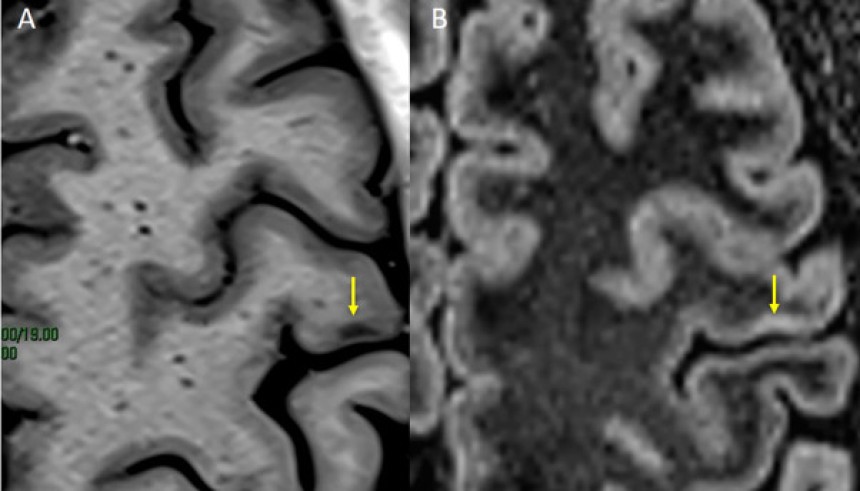
Glossopharyngeal Neuralgia
This article provides an in-depth overview of Glossopharyngeal Neuralgia (GPN), a condition characterized by paroxysmal pain in areas innervated by the glossopharyngeal and vagus nerves. It highlights the clinical similarities and differences between GPN and trigeminal neuralgia, including the common triggers and bilateral involvement in some patients. The article discusses diagnostic procedures like MRI/MRA and outlines the pharmacological therapies used for managing GPN, mirroring those for trigeminal neuralgia. Additionally, the article explores surgical treatment options for cases where medical therapy is ineffective.
Clinical Presentation of Glossopharyngeal Neuralgia
GPN is characterized by severe, paroxysmal, stabbing pain involving the ear, tonsillar fossa, base of the tongue, or beneath the jaw angle. Pain typically radiates from the oropharynx to the ear, with triggers including chewing, swallowing, and touching the neck.
Diagnosis and Medical Treatment
MRI/MRA is indicated to exclude space-occupying lesions or vascular pathology. The first-line treatment for GPN involves carbamazepine or oxcarbazepine, with gabapentin or lamotrigine as alternatives for those who do not respond to initial treatment. Baclofen and pimozole serve as adjunctive therapies.
Surgical Treatment Options
Surgical interventions are considered for patients who fail medical treatment and may include intracranial sectioning of cranial nerves, gamma knife radiosurgery, or vascular decompression.
References
- Katusic S, et al. Epidemiology and clinical features of idiopathic trigeminal and glossopharyngeal neuralgia. Neuroepidemiology. 1991;10:276–81.
- International Association for the Study of Pain. Classification of chronic pain. Pain Suppl. 1986;3:S1–226.
- Evans RW, et al. Glossopharyngeal neuralgia. Headache. 2006;46:1200–2.
- Cruccu G, et al. AAN-EFNS guidelines on trigeminal neuralgia management. Eur J Neurol. 2008;15:1013–1028.
- Bennetto L, et al. Trigeminal neuralgia and its management. BMJ 2007; 334:201.
- Gronseth G, et al. Diagnostic evaluation and treatment of trigeminal neuralgia. Neurology. 2008;71:1183–1190.
- Franzini A, et al. Treatments of glossopharyngeal neuralgia. Neurol Sci 2017; 38:51





